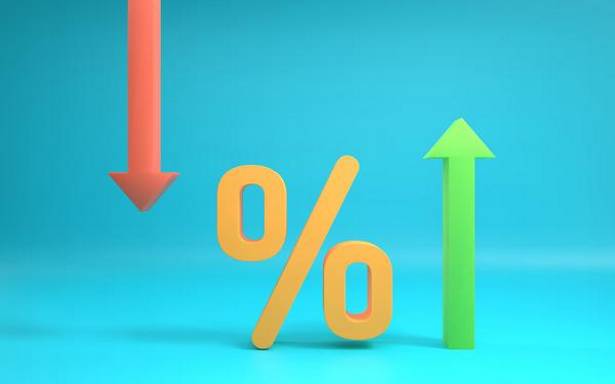My wife has a fixed deposit of ₹3-lakh in Dena Bank. Now, with the merger of the bank with Bank of Baroda, we would like to discontinue it and switch it over to some other bank. On checking with Indian Overseas Bank, we found they offer 5.2 per cent for 3- to 5- year tenures . I am looking to invest with a horizon of 3-5 years in a safe and less risky asset with a 7 to 8 per cent yield. Please suggest a suitable investment avenue.
— N.P. Desai
Given that the full financial impact of Covid-related moratoriums and concessions on bank financials is not yet known, it is best to stick to larger and financially stronger banks and NBFCs for deposits at this juncture. Switching your deposit out of Bank of Baroda into Indian Overseas Bank (IOB) for a 5.2 per cent rate is not a prudent course of action in this context as Bank of Baroda is a stronger and larger bank. In the quarter ended September 2020, IOB had reported net profits of ₹148 crore, managing a turnaround from losses in the previous year, with gross NPAs of over 13 per cent and capital adequacy ratio of 10.9 per cent. The bank was also placed under RBI’s Prompt Corrective Action framework.
Bank of Baroda, apart from being consistently profitable, had comfortable capital adequacy of 13.2 per cent as of the same date. Given that RBI’s policy rates today are at their lowest levels in two decades at 4 per cent and market interest rates for highly rated entities are at rock-bottom too, you can get a 7 to 8 per cent return only from riskier entities. Given that the rates may go up at least a bit once the economic situation normalises from Covid, locking into these low rates for periods beyond a year is not advisable. Therefore, it is best not to consider 3- to 5-year fixed deposits currently and stick with up to 1 year deposits even if rates seem unappealing.
Having said this, we can suggest three courses of action given the situation. If you would like a slightly higher yield on your fixed deposits, you can consider the one-year post office time deposits offering 5.5 per cent which offer superior safety with a higher return. If you really seek higher returns and don’t mind some risks with it, you can stay with Bank of Baroda for some of your money and diversify into 1- year deposits from small finance banks such as Equitas for say, one-third of the money. Such banks, however, do lend to riskier segments of small borrowers and, therefore, your deposits are subject to higher risks than with the leading commercial banks like Bank of Baroda.
Deposits with top-rated NBFCs such as Sundaram Finance or HDFC which offer about 5.7 per cent on cumulative deposits of up to 1 year can also be an option. If monthly income is your objective, the Post Office Monthly Income Account offering 6.6 per cent is an option to look at too, though the long lock-in of five years is a deterrent. If your wife is a senior citizen you can also consider the post office senior citizens savings scheme offering 7.4 per cent, albeit with a 5-year lock-in period.
This article is auto-generated by Algorithm Source: www.thehindubusinessline.com


